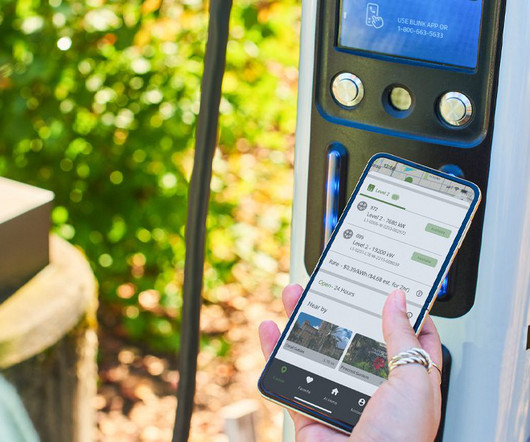PG&E, Calif. Energy Commission launch 4MW sodium-sulfur grid storage pilot in San Jose
Green Car Congress
MAY 24, 2013
Pacific Gas and Electric Company (PG&E) and the California Energy Commission today unveiled a utility-scale sodium-sulfur battery energy storage system ( earlier post ) pilot project to better balance power needs of the electric grid. The system has a 4 megawatt capacity, and can store more than six hours of energy.




















Let's personalize your content